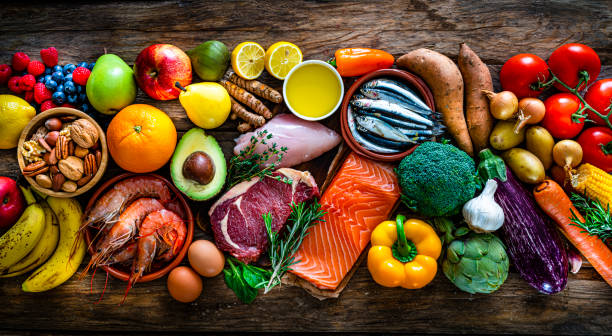
FAQ About Paleo Diet
What are some common mistakes to avoid while following the Paleo diet?
While the Paleo diet can be a healthy and beneficial approach, it's important to be aware of common mistakes that people may make while following this eating plan. Here are some common mistakes to avoid on the Paleo diet:
Overemphasizing processed "Paleo" foods: While there are Paleo-approved alternatives to many processed foods, such as grain-free bread or Paleo desserts, it's important to remember that these should be occasional treats rather than the foundation of your diet. Over-reliance on processed Paleo products can still lead to imbalances in nutrients and may not provide the same health benefits as whole, unprocessed foods.
Neglecting variety and nutrient density: The Paleo diet encourages a wide variety of whole foods, including vegetables, fruits, meats, seafood, nuts, and seeds. It's important to embrace this diversity to ensure you're obtaining a wide range of nutrients. Avoid falling into a rut by eating the same foods repeatedly and strive for a colorful and varied plate.
Ignoring portion sizes: While the Paleo diet doesn't strictly dictate portion sizes, it's still important to be mindful of your overall calorie intake. Some calorie-dense foods on the Paleo diet, such as nuts, seeds, and healthy fats, can add up quickly. Pay attention to portion sizes and listen to your body's hunger and fullness cues.
Overlooking the importance of quality: The quality of the foods you consume on the Paleo diet matters. Whenever possible, choose organic, grass-fed, pasture-raised, and wild-caught options to ensure higher nutrient content and avoid exposure to potentially harmful chemicals and additives.
Not getting enough fiber: The Paleo diet can sometimes be lower in dietary fiber compared to a diet that includes whole grains and legumes. To ensure adequate fiber intake, prioritize non-starchy vegetables, fruits, and nuts/seeds. Consider incorporating sources of Paleo-friendly fiber like chia seeds, flaxseeds, or psyllium husk.
